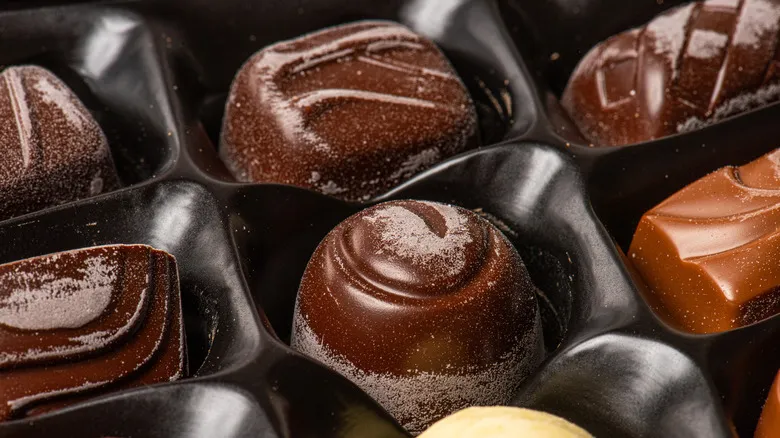Two types of chocolate bloom
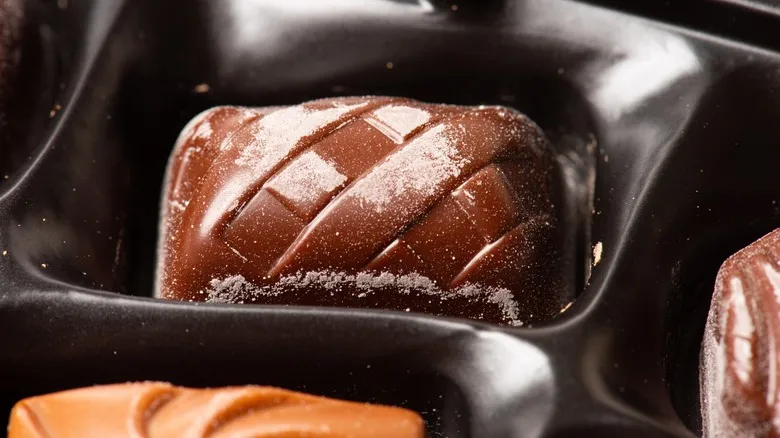
Chocolate bloom can manifest in two distinct forms, sometimes even at the same time, each with its own origin. The powdery, white variety, referred to as sugar bloom, occurs when the sugar within the chocolate evaporates and then re-crystallizes on the surface. This typically happens due to exposure to humidity or moisture—such as when chocolate is stored in the refrigerator—or due to rapid temperature fluctuations. While this affects the chocolate's appearance, it can also lead to a gritty or grainy texture that may not be as enjoyable to eat, but is still safe to consume.
On the other hand, the streaky, white and gray type of bloom, known as fat bloom, arises when chocolate is kept in an excessively warm environment, causing the cocoa butter to melt, solidify again, and form crystals on the surface. This issue can stem from improper storage by the consumer, but it can also occur during the manufacturing process if the chocolate is not tempered correctly. Although this chocolate may not look or taste as intended, it is perfectly safe to eat.
How to use bloomed chocolate (and avoid it altogether)
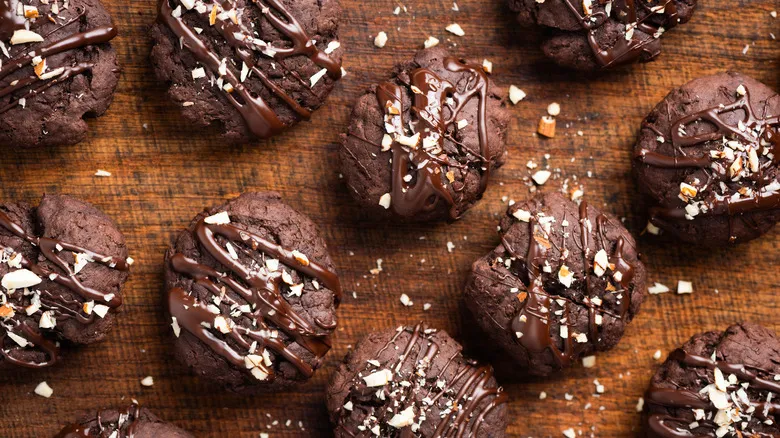
If you can overlook its flaws, there are numerous ways to make use of bloomed chocolate. Chopping it up or melting it down for your favorite baked goods and desserts is a great option, as this not only conceals its imperfect look but also effectively reverses the separation that caused the problem initially. For recipe ideas, consider trying these chewy coconut chocolate chip cookies or this chocolate mousse.
To steer clear of bloomed chocolate entirely, heed the advice of renowned New York chocolatier and "Nailed It!" head judge Jacques Torres, who highlights the significance of proper storage. According to the official Jacques Torres Chocolate website, sugar bloom can be mostly avoided by storing chocolate in an airtight container or wrapping it in several layers of plastic wrap before placing it in the refrigerator. When you're ready to enjoy it, allow it to come to room temperature gradually to prevent condensation—just a couple of hours on the counter will suffice. To prevent fat bloom, keep chocolate in a cool, dark, and dry location where the temperature remains comfortably at 70 degrees Fahrenheit or lower. However, if you do find fat bloom on your chocolate, Torres suggests that simply wiping your fingers over the surface can easily melt away the fat layer. Who would have thought?
Recommended

Bake Your Salmon Under A Slab Of Cream Cheese And Thank Us Later
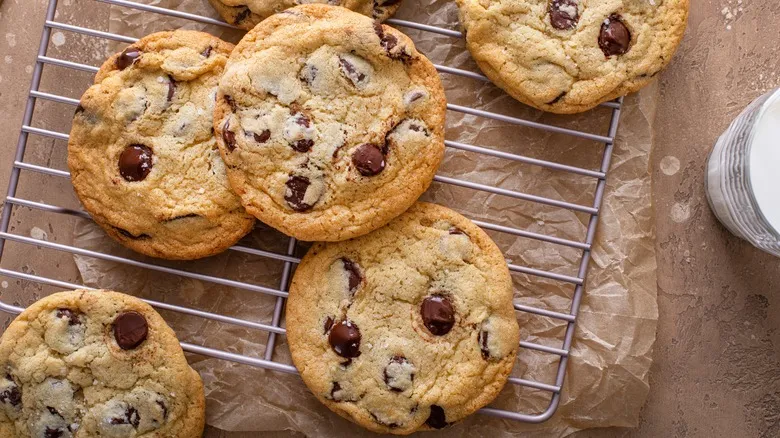
Roll Your Cookies In A Salty-Sweet Coating For Unforgettable Flavor
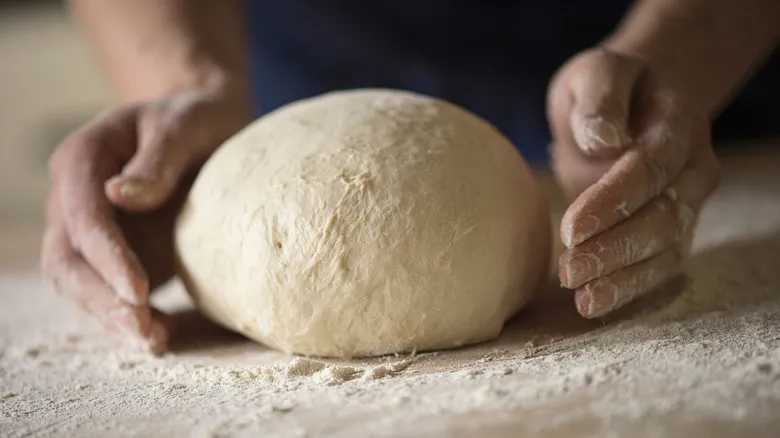
How You Measure Flour Greatly Impacts Impacts Your Homemade Bread

The Best Way To Reheat Lasagna In The Oven For First Night Flavor
Next up

